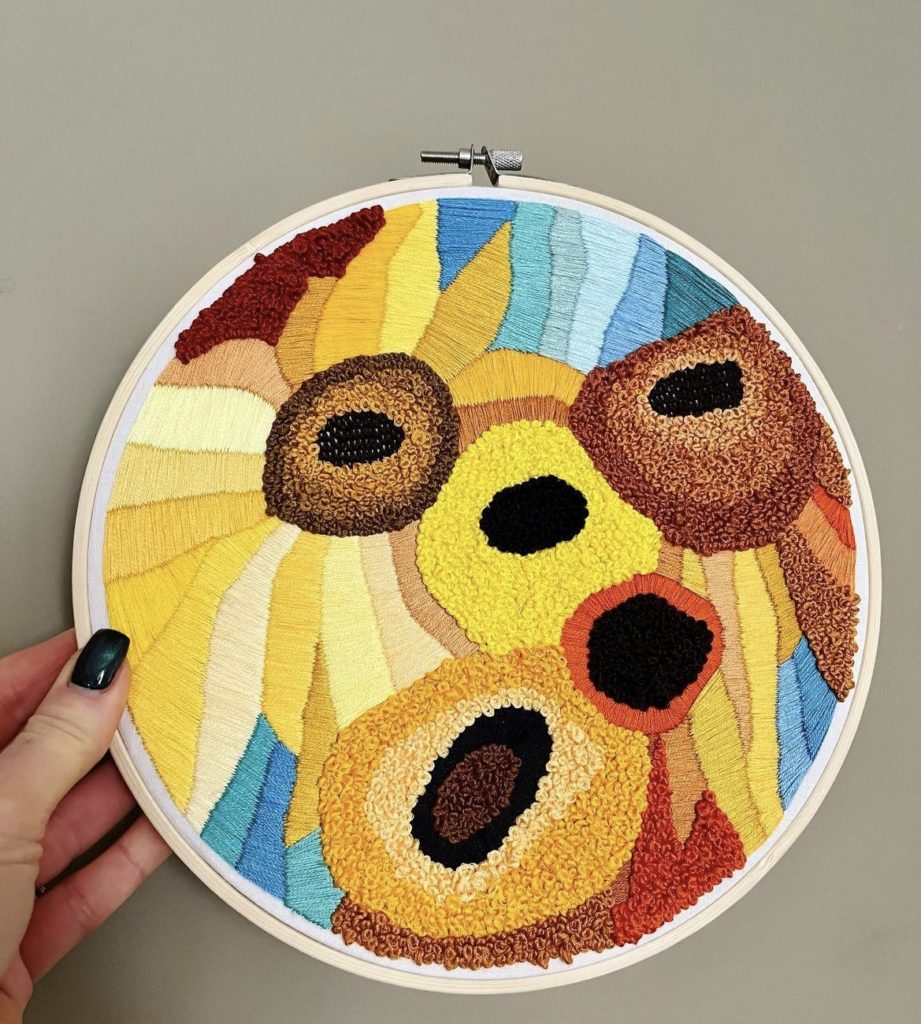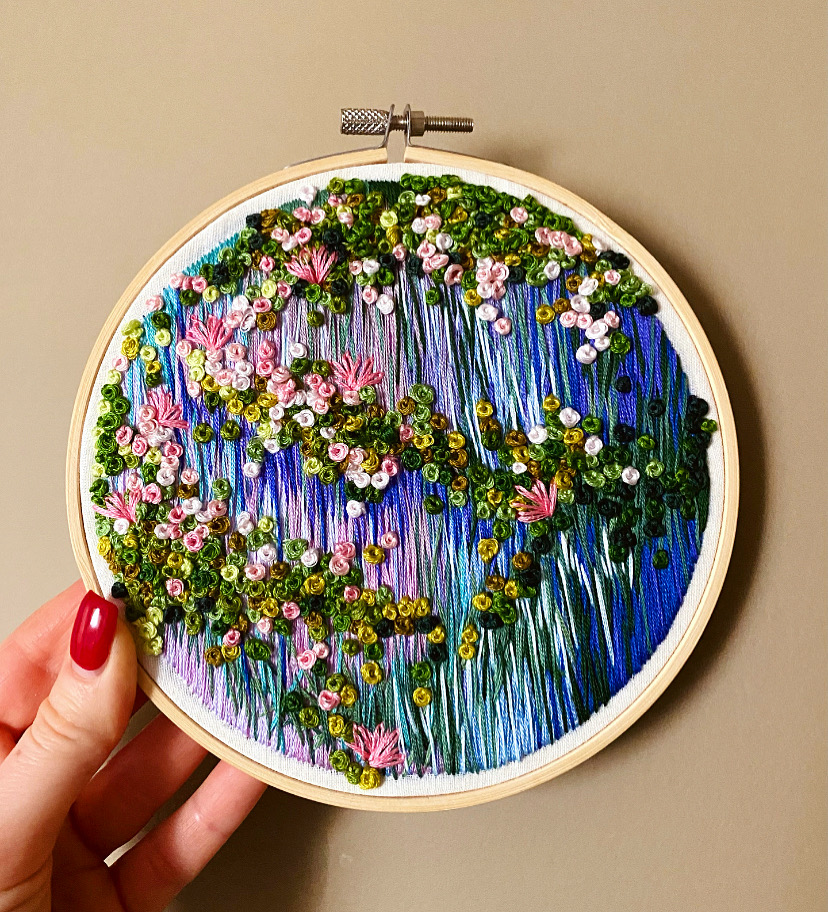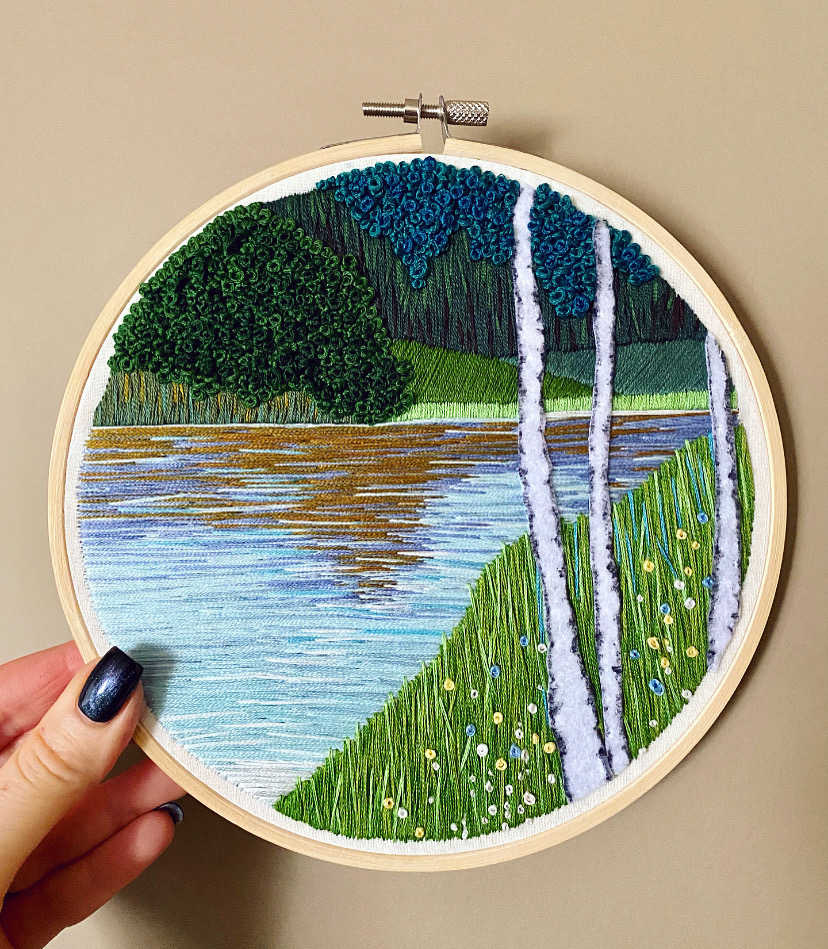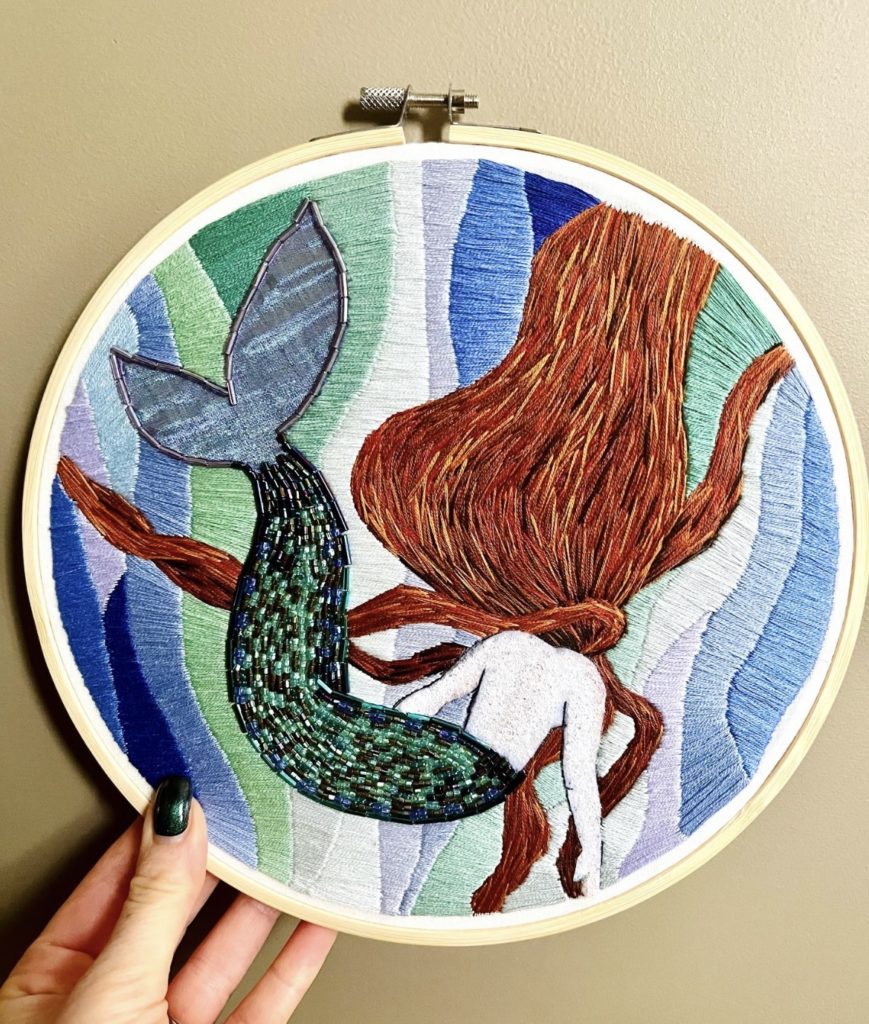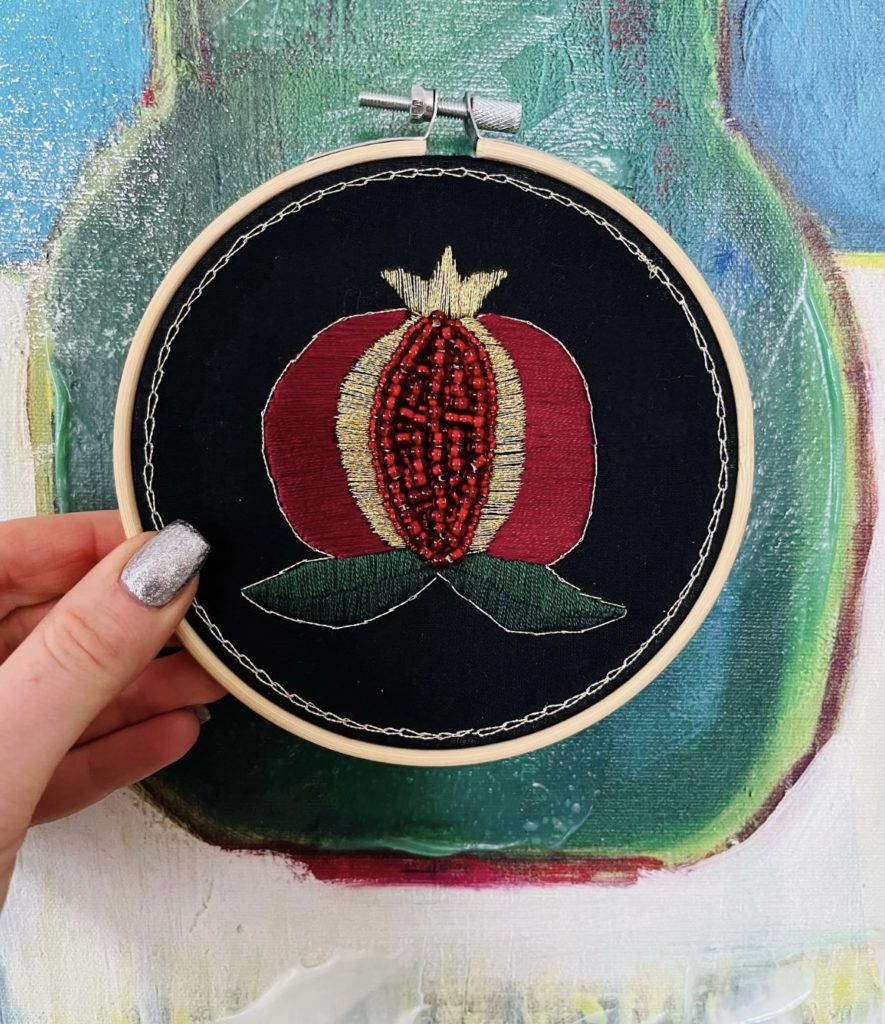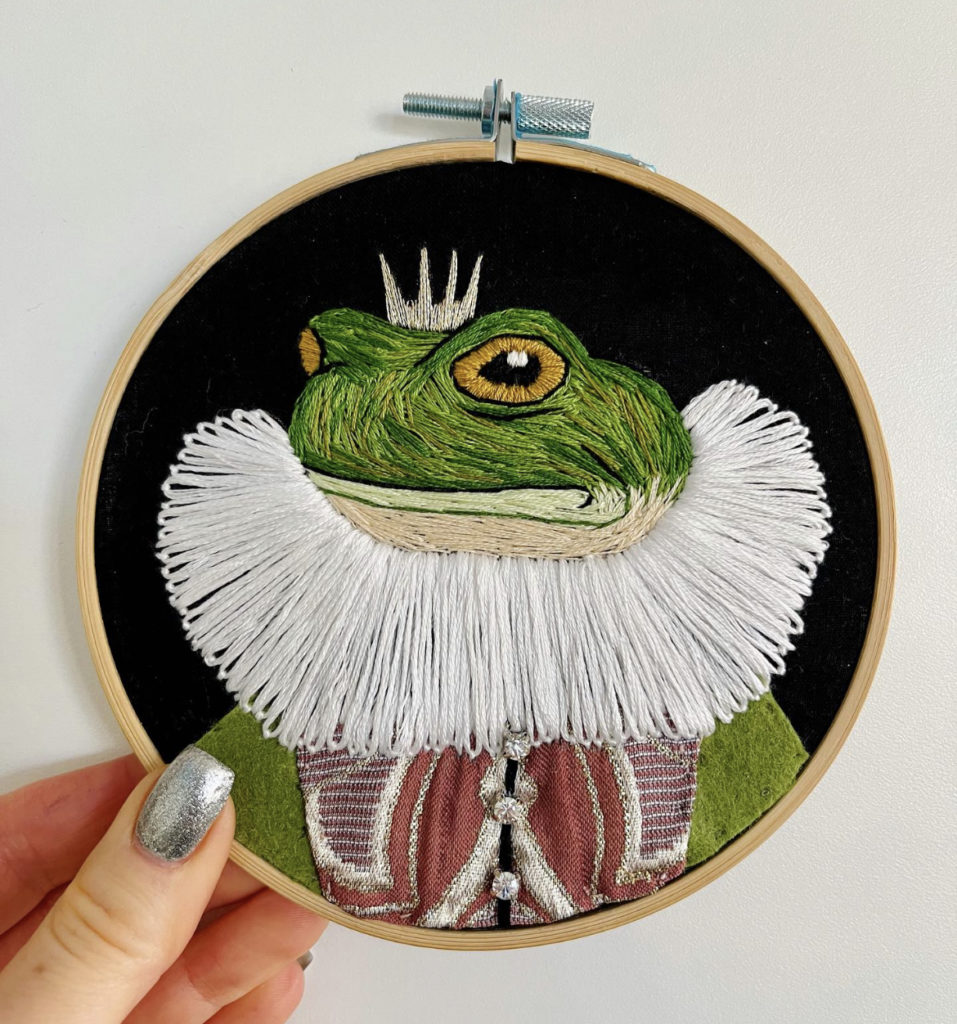The book which gave me the greatest occasion for self-reflection this past year came as something of a surprise to me. Last month, I found myself at a loss in a bookstore; I had come to scour the clearance shelves for something that would keep me occupied over the holidays, knowing I would be laid up in bed for a portion of the time. [I had surgery, I am fine.] I wanted something diverting but not too easily digestible – in other words, a good book (or two) to sink my teeth into for a few days at a time. Historical non-fiction along with mystery novels are my usual go-tos in this scenario, but nothing on the clearance shelves appealed. And then, almost by accident, I came across The Dandy at Dusk: Taste and Melancholy in the Twentieth Century by Philip Mann.
Although it is a book ostensibly devoted to men’s sartorial matters, I was immediately (and immensely) captivated by it. I say “ostensibly” for a reason; it is more of philosophical exploration than a book about fashion. It pulls from so many different sources, media, and ideas – covering an impressive chunk of the Western cultural canon from the 19th century onwards – so it reads (and feels) like a wild ride. It got my synapses firing, trying to keep up with it, in a way that was really exciting. I guess that’s a sign that I don’t read enough challenging books these days. Anyway.
There are many things in The Dandy at Dusk that I have been left to mull over, some big ideas, some small details — probably enough material for a few blog posts. [It is not my usual style, when reading, to flag passages for future reference, but this book is filled with innumerable Post-Its.] Today, I want to focus on the most obvious question of all: who is the dandy? Am I a dandy? It is not a question of existential importance — in fact, I have a love/hate relationship with labels — but it was an inevitable thing to ponder as I read the book.
Let me start by saying that, although Mann writes of dandies exclusively in male pronouns and references only male-presenting historical figures throughout, there is a clear theme in the book that dandyism is a state of mind; personally, I do not believe states of mind are inherently gendered, so I am taking a broader approach to this topic than perhaps the author intended but whatever.
Let’s examine the evidence.
I think what immediately appeals to me in the concept of dandyism isn’t the obvious, i.e. a deep interest (obsession) with clothing. Because dandyism goes beyond that; it is a philosophy, a way of perceiving and engaging with the world. Rather:
… to the dandy, form and authenticity are not separate entities. The opposite is the case: to him they are virtually inseparable. As in the appreciation of any work of art, form and content are indissoluble. The dandy is his clothing, with all the multitude of references that this entails. Every tasteful socio-political nuance, every well-made subtlety of cultural history, even every uncomfortable existential thought that has worn him out, all these are present in his clothing.
And also:
The essence of dandyism is the elevation of the prosaic life into the poetic.
I have written before about how, to me, clothing is a form of self-expression, a creative mode. Choosing an outfit is like painting a portrait — honestly, in an almost literal way. Clothing is a mask (or armour, depending on the day) but one that doesn’t necessarily conceal as much as reveal, in a strategic way, what one wants to reveal at any given moment. So it is never inauthentic because it is always an expression of self (and its multitude of facets), even when it is not consistent from day to day.
Over the last few years, during a period when I have been more introspective than usual (already a lot!) due to external circumstances (hello, pandemmy!), I have come to see the act of living itself as a question of continual creation. How we live can be art. The more intentional we are about our choices, the closer it comes to art. So, yes, I relate a lot to the idea of the prosaic becoming poetic; it’s just a question of how you look at things. And I also think that the way we choose to live our life — the things we surround ourselves with, how we approach the mundane tasks of life, and so on — is a reflection of our accumulated personal history. And similarly with our clothes.
On the other hand, there are aspects to the dandy that are not quite as relatable for me.
In believing suffering to be the secret of life, which nourishes the soul and transcends the banality of pleasure, [Oscar Wilde] brought the dandy’s unconscious to the surface. … The true dandy is more Stoic than Epicurean.
I am definitely not much of a Stoic, especially the older I get. Beauty, more than suffering, is what nourishes my soul. And then, there is also the idea that dandyism is not about “an inordinate delight in dress and material elegance” but rather about the perfection of “utter simplicity”. Beau Brummell, the dandy sine qua non, offered the famous dictum: “If John Bull turns around to look at you, you are not well dressed, but either too stiff, too tight, or too fashionable.” Or, to quote Adolf Loos, another subject of the book: “The point is to be dressed in such a manner as not to attract attention.”
In this regard, I definitely feel very un-dandy-esque because while my goal is not to attract attention with my clothing, I accept that it is often a consequence of the way I dress vis-à-vis fashion norms in my city. And, also, my goal isn’t to dress in a manner that is elegant by its very inconspicuousness; I wear what expresses myself, whatever that self may be at any given time. Sometimes my outfits are simple, sometimes they are not. Elegance is a distant second-thought.
But then, again, Mann notes in his book that many dandies who followed Brummell’s footsteps, particularly in the 20th century, were not especially inconspicuous in their clothing choices. In fact, if anything, they stood out. He writes that nostalgia (for a time past) is at the core of dandyism; the “dandy uniform” (which has evolved over time) has often been anachronistic, carrying elements “not of its time” when compared to contemporary fashion.
On the third hard:
[Iconic] is a quality that goes beyond great beauty or sexual attractiveness. Cartoon characters have it and film stars of Hollywood’s golden age in the 1920s, 1930s and 1940s had it. It is the art of always of looking the same. … For the star as for the dandy, the secret is to project an innate personality through an identifiable style and to stick to it for evermore. In this respect, stars are the polar opposite of actors, as acting implies the ability to inhabit a character different from the actor’s own.
This is a really interesting distinction and (side note!) perhaps one of the reasons why “Hollywood stars” are so rare these days, when actors are always falling over themselves to create the most extreme transformations on the screen. Speaking for myself, this is where I feel I might diverge the most from the dandy state of mind. Not because I don’t approach clothes as a medium for expression of personality (which I do), but because I don’t believe that personality is a forever static thing. We evolve, we grow; the past informs who we are, but we are in a constant state of becoming. If icons are iconic because they never change, I am never going to be a fashion icon. I mean, we already knew that but here is the incontrovertible proof.
So, then, on balance: am I a dandy? A little bit … maybe. As often happens whenever I run through one of these mental exercises having to do with labels and categorizations, I come out at the end thinking that the process was more interesting and useful than the result. I am forever fascinated by systems of classification, and forever repelled by the idea of being definitively classified. So maybe it doesn’t matter whether I am a dandy or not; what matters was that I asked myself the question, and used it as an opportunity to reflect on how I approach and think about personal style. Opportunities for self-reflection are always to be sought, as far as I’m concerned; it’s part of our continual process of learning about ourselves, which is the other side of the coin of personal growth and evolution.

